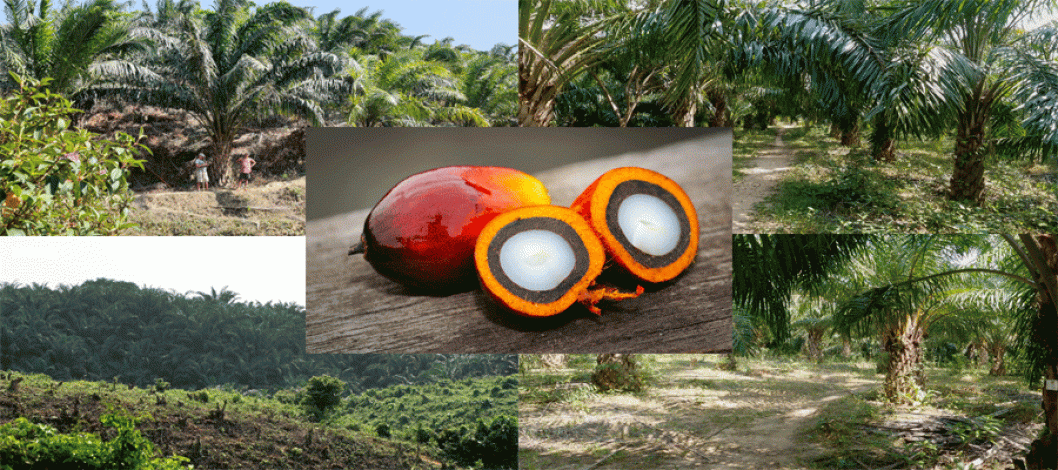
In Bangladesh, oil palm cultivation is relatively new, with initial plantations established in the late 1970s. While some areas, particularly in the Chittagong, Cox's Bazar, and Sylhet regions, were initially brought under cultivation, the success of these plantations has been mixed. There is potential for further expansion, particularly in the southern and southeastern regions, as well as in areas like Chattogram, Sylhet, and Mymensingh.
Early Development:
*Oil palm cultivation in Bangladesh began with the introduction of seeds from Malaysia in 1978.
*Initial plantations were established in Chittagong, Cox's Bazar, and Sylhet, with a total area of 784 acres by 1981.
*These areas have since expanded, with the total plantation area now exceeding one thousand acres.
Current Status and Potential:
Oil palm trees start producing fruits for oil at the age of three years after field planting and give the maximum yield at the age of 9-10. The area needs to be replanted every 25 years. For better growth, 12-24-month-old seedlings are planted in the field at a distance of 9m x 9m.
*Oil palm trees typically start producing fruits for oil after three years of planting and reach maximum yield around 9-10 years.
*The trees require replanting after about 25 years.
*While some success has been seen in areas like Sylhet's Khadimpara Palm Oil Garden, which is a tourist attraction according to Facebook posts, there have also been challenges.
*Some plantations have faced issues with marketing the harvested oil and with the sustainability of the crop.
*There is potential for further expansion, particularly in the southern and southeastern regions, as well as in areas like Chattogram, Sylhet, and Mymensingh, where soil and climate conditions are deemed suitable.
Challenges and Considerations:
Market Access: One challenge has been finding suitable markets for the palm oil produced, with some farmers facing difficulties in selling their produce.
Pest and Disease: Oil palm cultivation can be affected by insects, wild animals, and diseases, with reports of damage to plantations from elephants and other animals in Cox's Bazar.
Sustainability: There are also broader concerns about the environmental impact of palm oil cultivation, particularly in relation to deforestation and biodiversity.
Overall, while there is potential for oil palm cultivation in Bangladesh, it's important to address the challenges related to market access, pest and disease management, and sustainability to ensure the long-term viability of the industry.
Uses: Palm oil is by far the most versatile oil in terms of the range of its applications. It is used as a cooking and frying oil, for shortenings, as a component of pickles and curries, for preparing vegetable ghee, or dalda, margarines and spreads, and as a substitute for butter. In Bangladesh, it is widely used as a baking fat in confectioneries in preparing biscuits, cakes, pastries, and other products. Palm oil is rich in Vitamin E, which gives it natural stability against oxidative deterioration. This ensures a longer shelf life for palm oil-based products.
-SZK
Comment Now